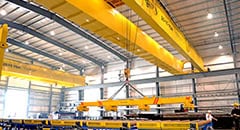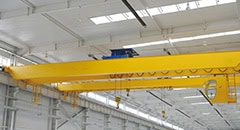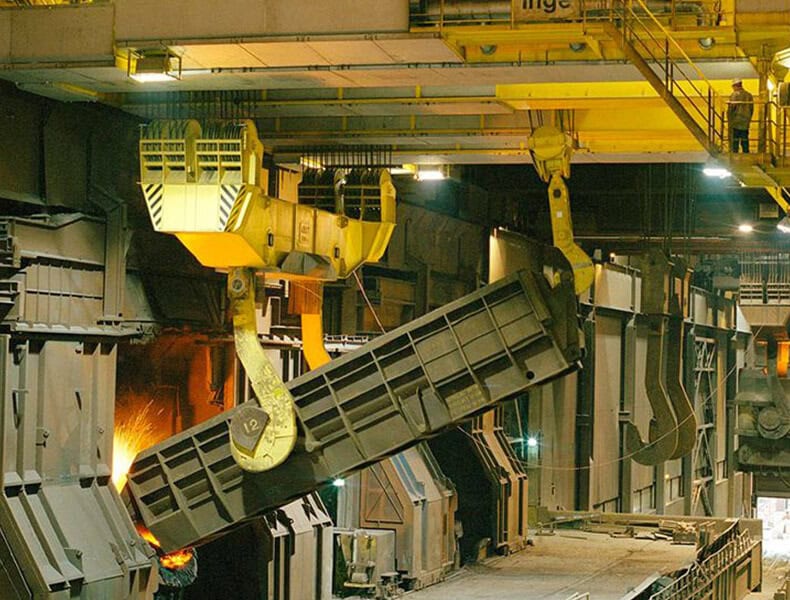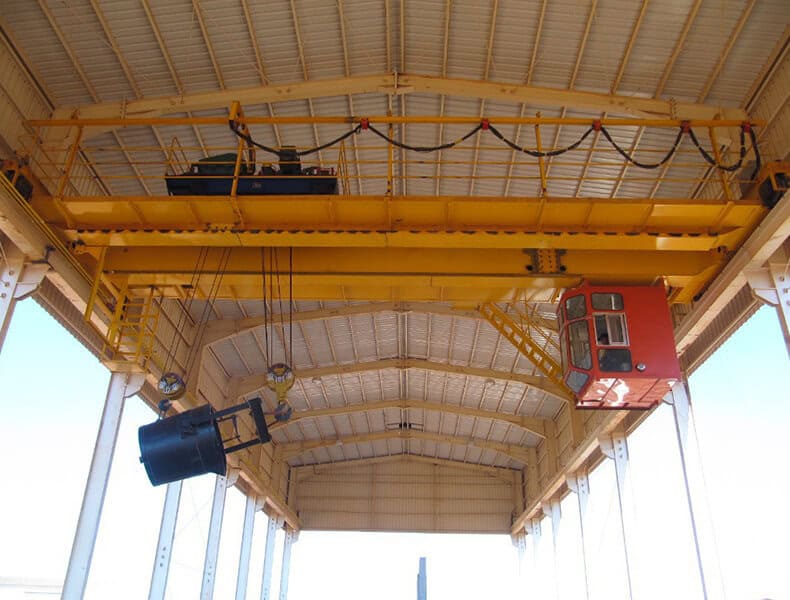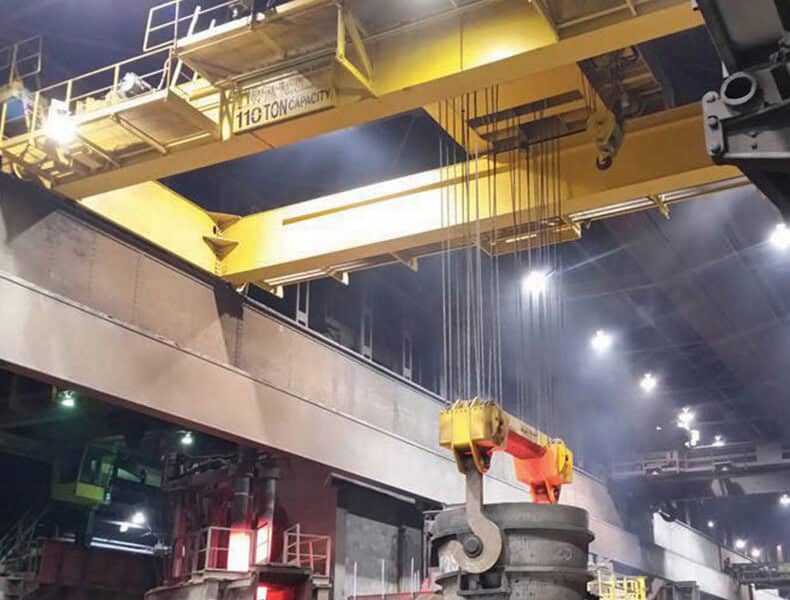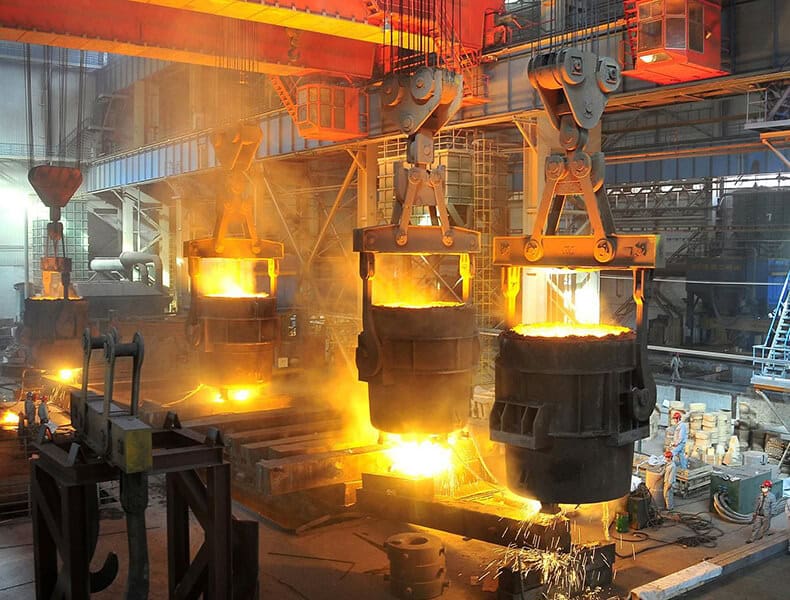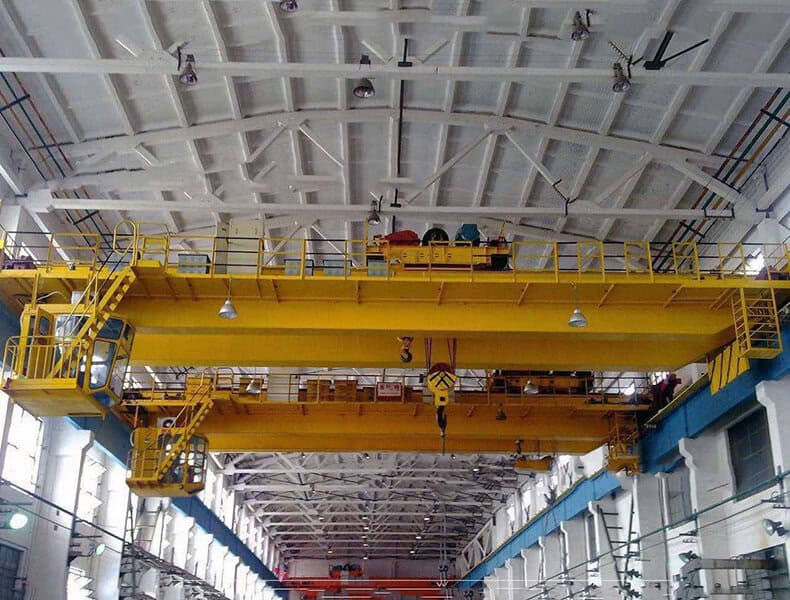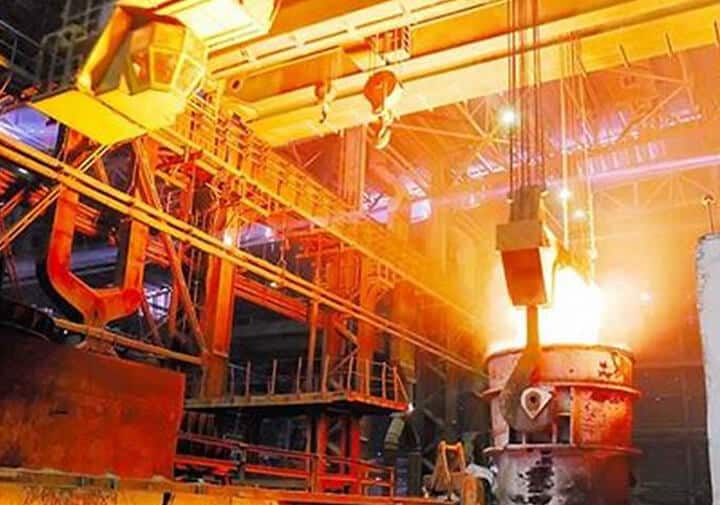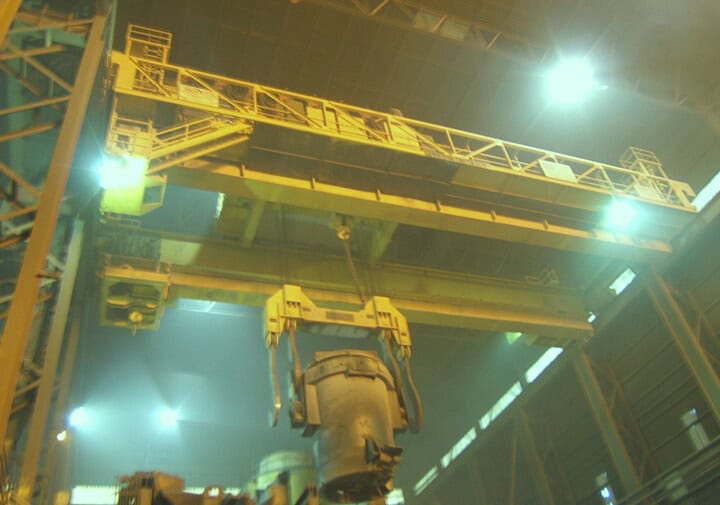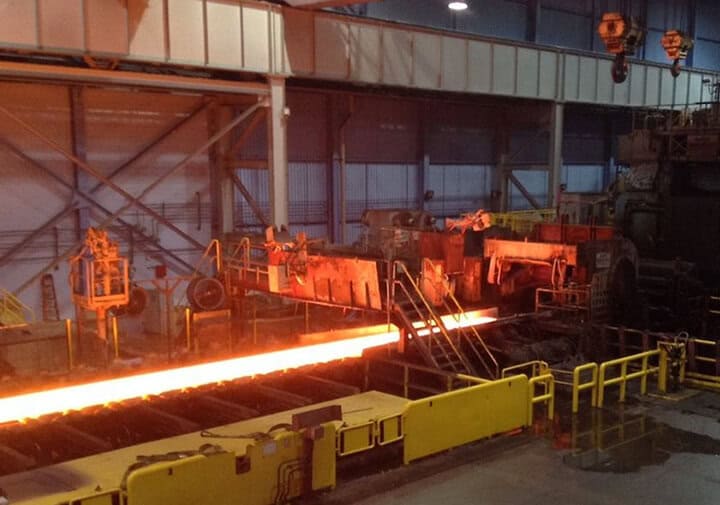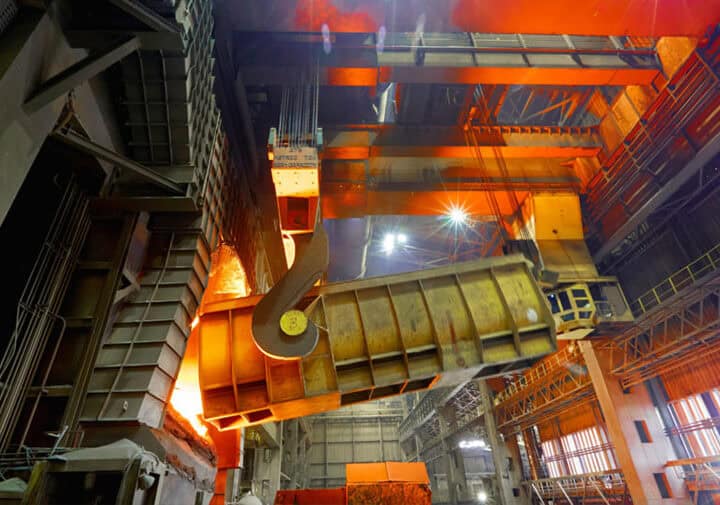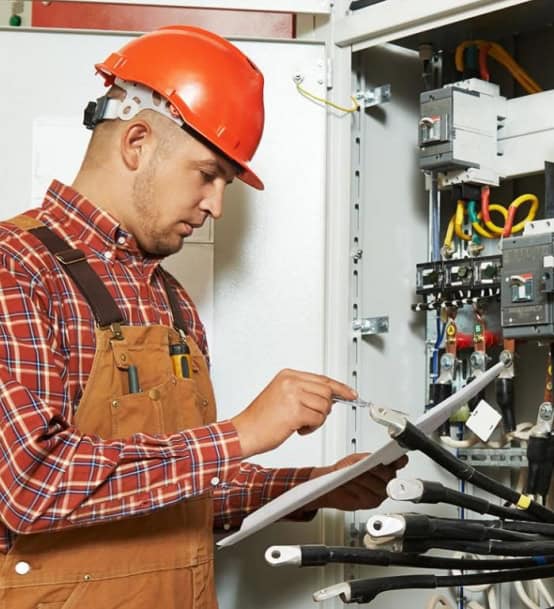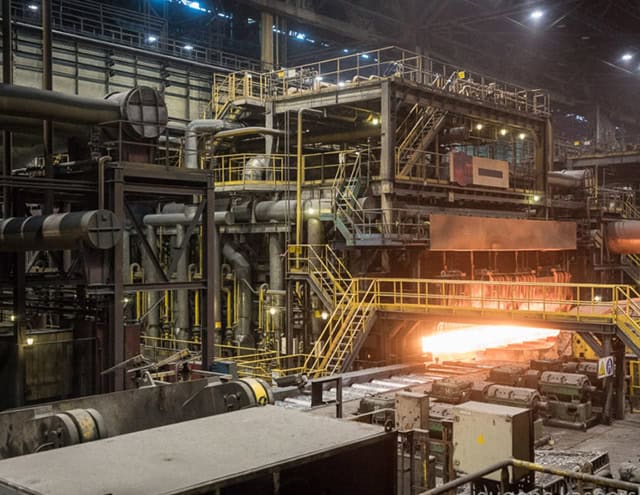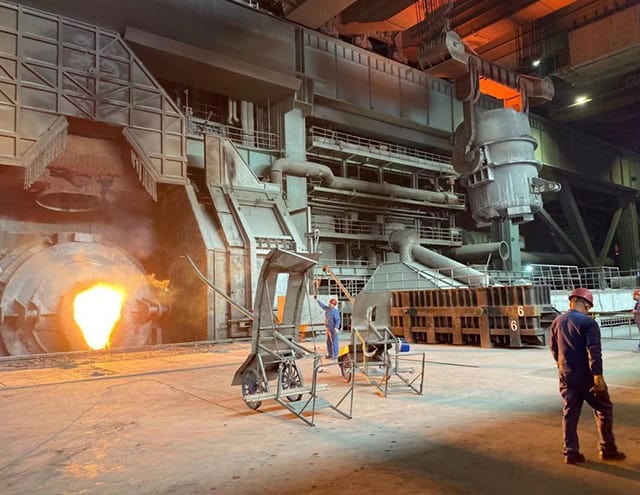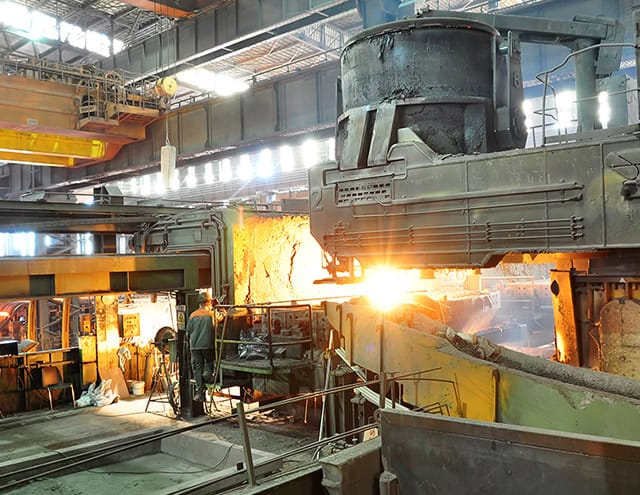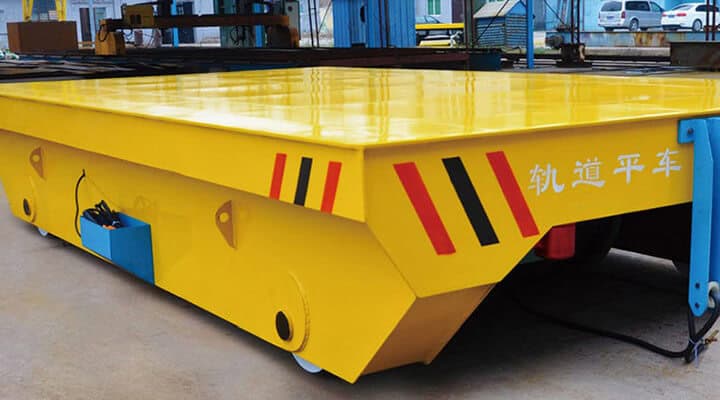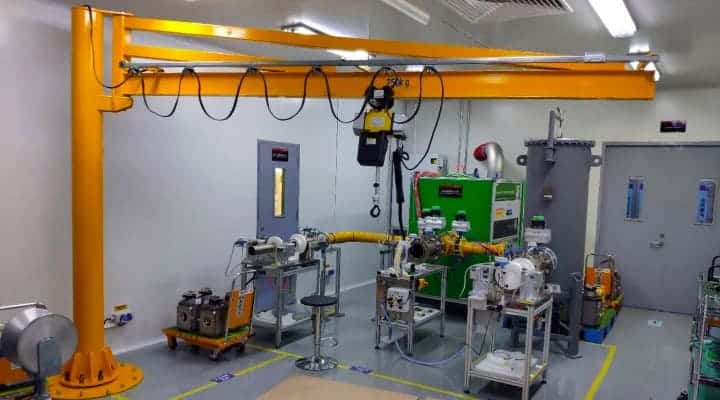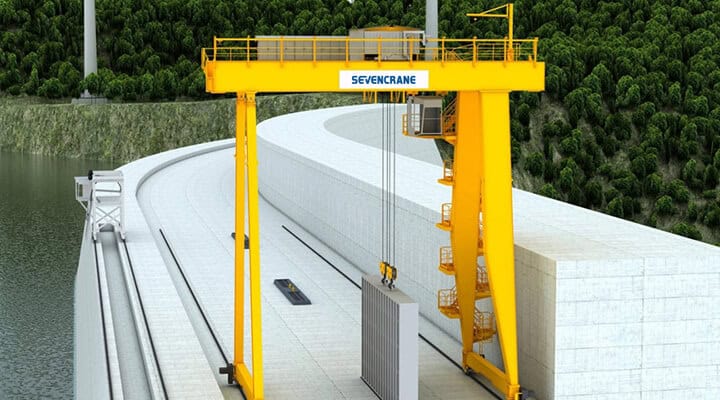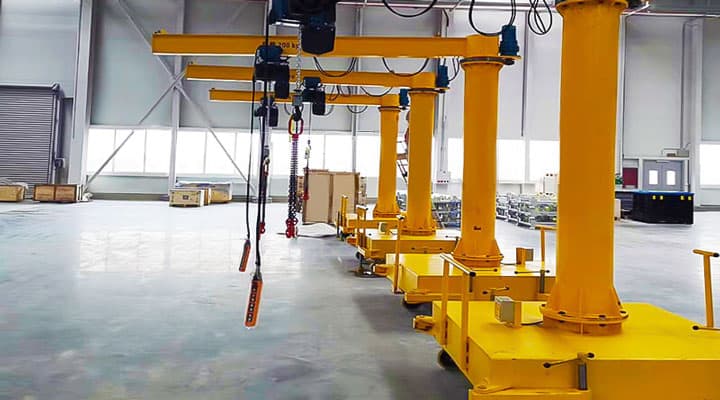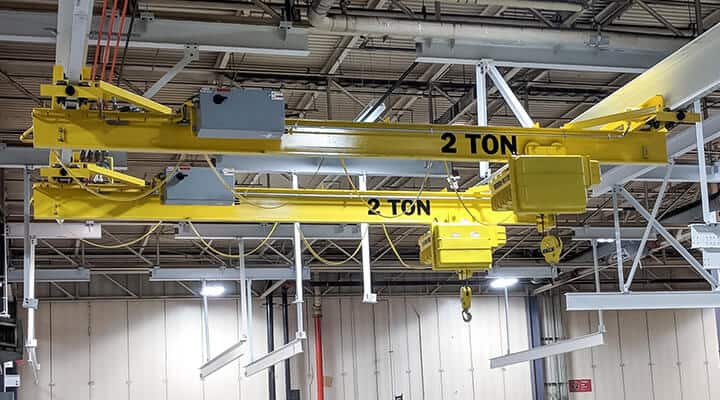Overview
★Ladle cranes are generally suitable for steel forging plants and metal smelting workshops. They are wear-resistant and high-temperature resistant and run smoothly, safe and reliable. The main hoisting mechanism consists of four independent rope racks, a double brake on the main shaft and a backup brake acting on the rope drum. The rope balance beam is provided with a damping unit to slow down the tilt of the balance beam when the wire rope fails. An upper emergency stop limit switch is also used on the main hoist.
★Ladle Crane is an advanced lifting solution designed for industrial environments where heavy-duty material handling is essential. Known for the robustness, reliability, and efficiency of ladle cranes, it is engineered to handle large loads with precision and safety. It is ideal for various applications, including manufacturing, warehousing, maintenance, and assembly operations.
★By incorporating advanced designs from the industry, ladle crane fully meets FEM standards. Its advanced design and customizable features make it an indispensable tool for industries that require reliable and powerful material handling capabilities. Investing in a ladle crane to enhanced operational efficiency, safety, and productivity in any industrial setting.
Компоненты
①Hoist and Trolley
The hoist, mounted on a trolley, moves along the bridge girders. It is responsible for lifting and lowering the load. The trolley’s movement along the girders allows for precise positioning of the load.
②Bridge Girders
Two robust girders form the main structure, providing superior strength and stability. These are constructed from high-quality
steel to ensure durability and longevity.
③End Carriage
Mounted on both ends of the girders, these components house the wheels that run on the runway rails. The end trucks ensure smooth and stable movement along the length of the crane’s path.
④Control System
Includes both manual and automated control options. Operators can control the crane via a pendant control, radio remote control, or an advanced cabin control system with ergonomic design for enhanced operator comfort and efficiency.
Характеристики
1.High Load Capacity: Capable of lifting loads ranging from several tons to over a hundred tons, the double girder design significantly increases the maximum load capacity compared to single girder cranes.
2.Increased Span and Height: Double girder overhead cranes can cover larger spans and greater heights, making them suitable for large-scale operations and expansive facilities.
3.Enhanced Safety Features: Equipped with advanced safety mechanisms, including overload protection, emergency stop functions, and anti-collision systems. These features ensure safe operation even in demanding environments.
4.High Efficiency: The dual girder design allows for faster and more efficient lifting operations, reducing downtime and increasing productivity.
5.Versatility: Suitable for a wide range of industrial applications, from heavy manufacturing to precise assembly tasks.
6.Durability: Built to withstand harsh industrial environments, ensuring long-term operation with minimal maintenance requirements.
7.Enhanced Load Distribution: The load is evenly distributed across the two girders, minimizing structural stress and enhancing the longevity of the crane and the facility’s infrastructure.
Safety Devices
Safety is the most important issue for crane. To ensure the safety, the following safety devices are equiped in cranes:
-Crane traveling limit switch.
-Weight overload protection device.
-Lifting height limit device.
-Voltage lower protection function.
-Phase sequence protection function.
-Emergency stop function.
-Rain cover for outside hoist, driving units, electrical cubicle.
-Warning indicator: flashing lights and warning sound.
-Wireless infra-detector for anti-collusion.
Приложение
Ladle Cranes are widely used in various industries that require efficient material handling and heavy lifting. Common application areas include:
Manufacturing Plants – Used for assembling, transporting, and positioning heavy components in production lines.
Steel and Metal Processing – Essential for handling raw materials, molten metal, and heavy steel products in foundries and steel mills.
Warehousing and Logistics – Helps in loading, unloading, and organizing large or heavy goods in storage facilities.
Shipbuilding Industry – Assists in lifting and positioning large ship components during construction and maintenance.
Power Plants – Used for installing and maintaining turbines, generators, and other heavy equipment.
Construction Industry – Supports the movement of large structural components in infrastructure projects.
Mining and Heavy Equipment Handling – Facilitates the transportation of extracted materials and large machinery in mining operations.

